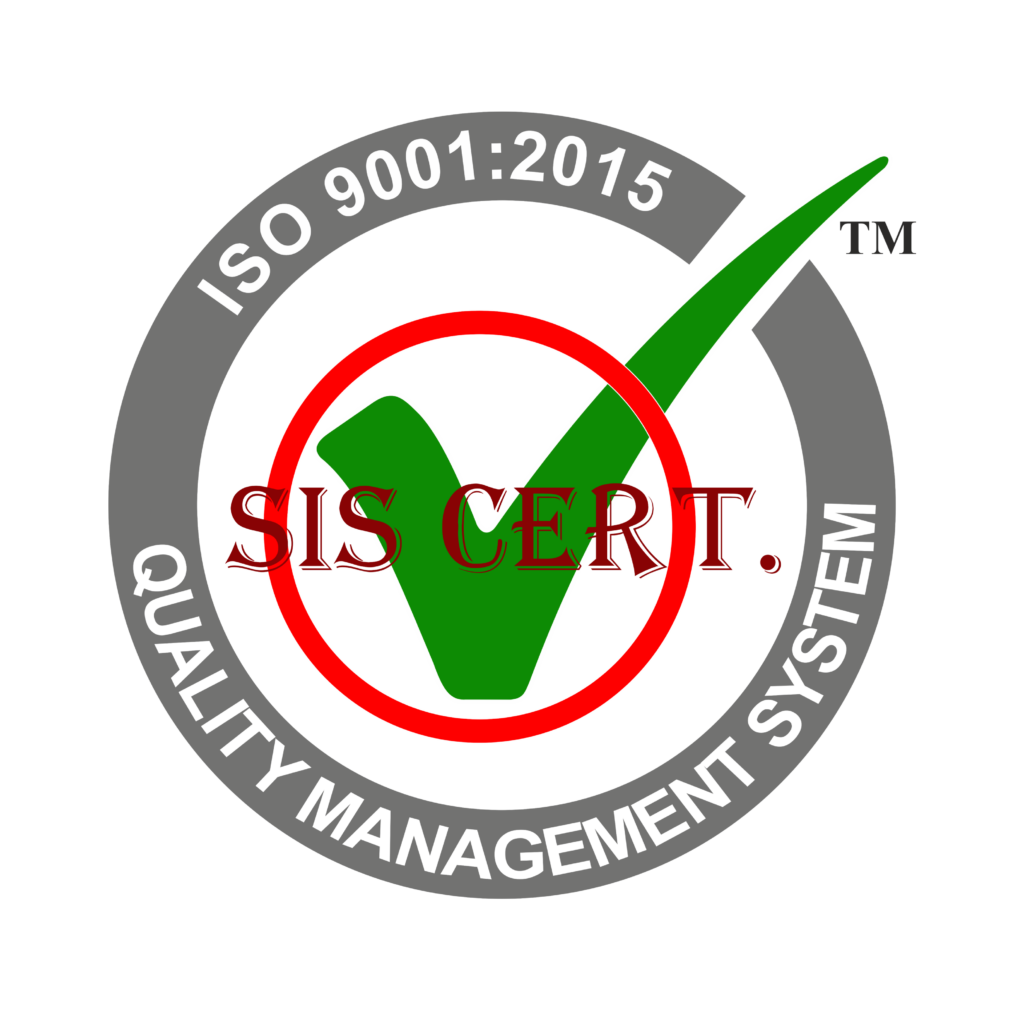Stainless steel is a highly sought-after material in the world economy. Emerging markets offer a great opportunity to capitalize on its potential.
To succeed in the stainless steel industry, it is essential to stay ahead of the trends and develop a strategy that takes into account the unique environment of these markets.
By understanding the market drivers, challenges, and solutions, you can master the rising steel markets in a snap.
Key Takeaways
- China, India, and South Korea are rapidly growing markets for stainless steel production.
- Europe and North America remain major global markets for stainless steel.
- Cost and competition are important factors in the global stainless steel market.
- Understanding local and global competitors is essential for gaining a competitive edge.
Emerging Market Trends
As the global stainless steel industry continues to expand, understanding the emerging market trends is essential for mastering the rising steel markets. The context for these trends can be seen in the outline of the global market for stainless steel and its related industries. Emerging markets are playing an increasingly important role in the stainless steel industry, with key regions offering a range of opportunities and challenges.
For example, China, India, and South Korea are all markets where stainless steel production is growing rapidly, and they are becoming increasingly competitive. At the same time, Europe and North America remain major global markets for stainless steel, and their demand is expected to continue to grow in the future.
It is important to understand the trends in the emerging markets in order to make the most of the opportunities available. Companies should analyze the market dynamics and focus on areas such as pricing, competition, and consumer behavior in order to optimize their strategies. Furthermore, understanding the specific characteristics of the stainless steel industry in these markets is essential, as different regions can have different needs and regulations.
Market Drivers
Building on the analysis of emerging markets, the market drivers for the stainless steel industry are key factors that must be considered in order to capitalize on the opportunities available. Factors such as cost and competition, regional demand, and innovations in stainless steel production all play a role in the success of the industry.
Cost and competition are essential elements in the stainless steel market due to the global nature of the industry. By understanding local and global competitors, companies can gain an edge over the competition.
Regional demand is also a key factor, as fluctuations in demand can have a major impact on the industry. Companies should pay attention to the regional trends and adjust their business strategies accordingly.
Additionally, innovations in stainless steel production can lead to cost savings and better product quality. By staying abreast of the latest developments and investing in new technologies, companies can ensure their products remain competitive.
These market drivers are essential for success in the stainless steel industry. Companies should take the time to understand and analyze the different elements of the industry in order to gain a competitive edge. By doing so, they can gain an advantage over their competitors and capitalize on the opportunities available in the emerging markets.
Challenges and Solutions
With the market drivers in mind, how can companies overcome the various challenges and find solutions to thrive in the stainless steel industry?
To succeed in the stainless steel industry, companies need to stay informed on the latest trends and technology. By staying abreast of recent developments, businesses can identify opportunities for growth and take advantage of them.
Additionally, companies must develop strategies to manage costs and increase efficiency. Investing in innovative technology and advanced production processes can reduce overhead, streamline production, and help businesses stay competitive.
In addition, companies must build strong relationships with suppliers and customers. Establishing and maintaining trust with suppliers and customers is essential to long-term success. Companies should strive to provide superior products and services to ensure customer satisfaction and loyalty. It is also important to build strong relationships with industry experts to gain insights into the industry’s development and emerging markets.
Finally, companies should develop a comprehensive marketing strategy to reach prospective customers and gain a competitive edge. Utilizing social media, digital marketing, and other channels can help businesses reach a broader audience and build brand awareness. Companies should also consider creating partnerships and collaborations to increase exposure and tap into new markets.
Building a Strategy
By leveraging the relationships established and managing costs, businesses can develop a comprehensive strategy to master the emerging markets in the stainless steel industry. To get ahead of the competition, organizations must think strategically and be nimble, taking advantage of market trends and opportunities. A well-crafted strategy should encompass a range of factors including capital investments, targeted marketing, and the flexibility to respond quickly to changing market conditions.
To ensure sustained success, businesses should focus on building a strong network of suppliers and customers, as well as understanding the needs and preferences of their target consumers. This requires a deep understanding of the local market, its nuances, and the challenges that the industry faces. At the same time, companies should also be aware of the latest advancements in technology that can be used to enhance their operations.
Additionally, businesses must be prepared to invest in the necessary resources to maintain a competitive edge. To remain competitive, organizations should monitor their costs, assess their performance, and identify areas for improvement. This helps organizations to maintain a profitable margin and gain a competitive advantage.
Market Outlook
Staying abreast of market conditions is essential for businesses to capitalize on the emerging markets in the stainless steel industry. With global demand for stainless steel on the rise, businesses should take note of the developing trends and assess the potential for investment. Knowing the current market outlook and understanding the key forces that are driving the industry can help businesses to capitalize on the changing environment.
In terms of global market demand, the US, China, and India are the frontrunners in stainless steel production and consumption. The US is responsible for the largest share of world production, while China is the world’s largest consumer. India is the second largest producer of stainless steel and is expected to experience the highest growth rate in stainless steel production over the next few years.
In terms of pricing, the stainless steel market is highly competitive and prices have been fluctuating in recent years. To remain competitive, businesses should keep an eye on the price trends and adjust their strategies accordingly. It is also important to be aware of the local market dynamics and trends to ensure that businesses are able to capitalize on the best opportunities available.
Frequently Asked Questions
What Are the Most Commonly Used Stainless Steel Grades?
304 and 316 are the two most popular grades of stainless steel, renowned for their corrosion-resistant properties and long-lasting durability.
What Are Some of the Key Advantages of Investing in Emerging Stainless Steel Markets?
Investing in emerging stainless steel markets offers the potential for strong returns, access to new technologies, and diversification of portfolio risk.
What Types of Investments Are the Most Profitable in the Stainless Steel Industry?
Investing in new technologies and materials in the stainless steel industry is often the most profitable. Exploring innovative approaches to production, such as 3D printing, can result in higher returns.
What Are the Main Risks Associated With Investing in Emerging Stainless Steel Markets?
Investing in emerging stainless steel markets can be risky due to uncertain economic conditions, lack of market regulation, and currency exchange rate fluctuations. Innovative investors must be prepared to manage these risks.
What Kind of Government Regulations Should Investors Consider When Entering the Stainless Steel Market?
Investors should be aware of government regulations when entering the stainless steel market, such as taxation and import/export restrictions. Understanding these regulations is key to successful investing in this emerging industry.
Conclusion
The emerging markets for the stainless steel industry have been showing a steady growth trend, driven by various market drivers and dynamics.
To capitalize on the opportunities in these markets, companies need to understand the challenges and develop an effective strategy.
With a solid understanding of the market drivers, trends, and potential risks, companies can create an effective strategy to make the most of the rising stainless steel markets.
In the long-term, the demand for stainless steel is expected to continue to grow as the industry expands.


